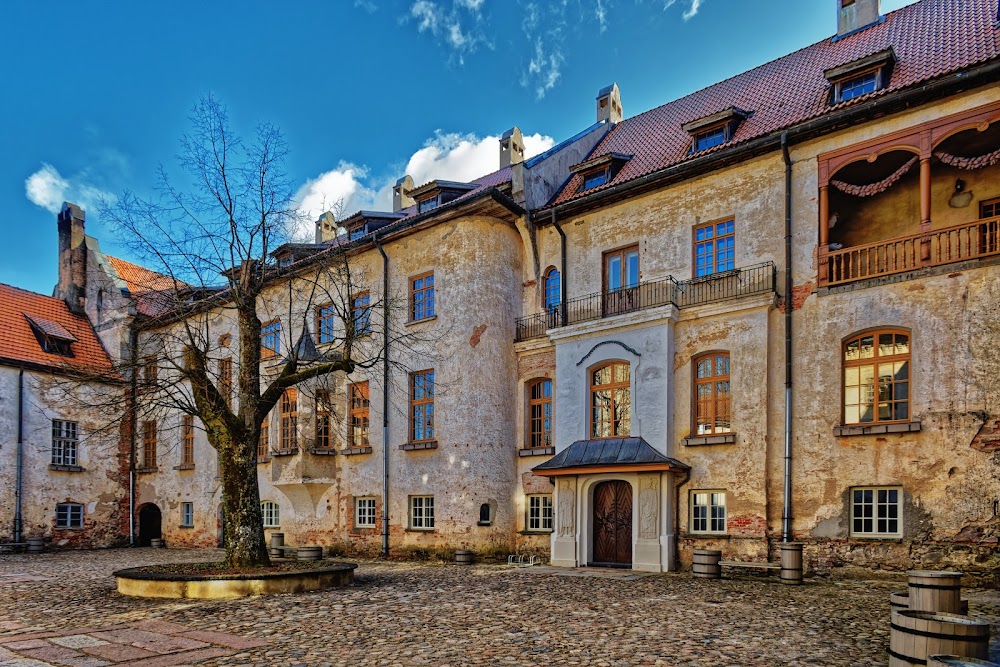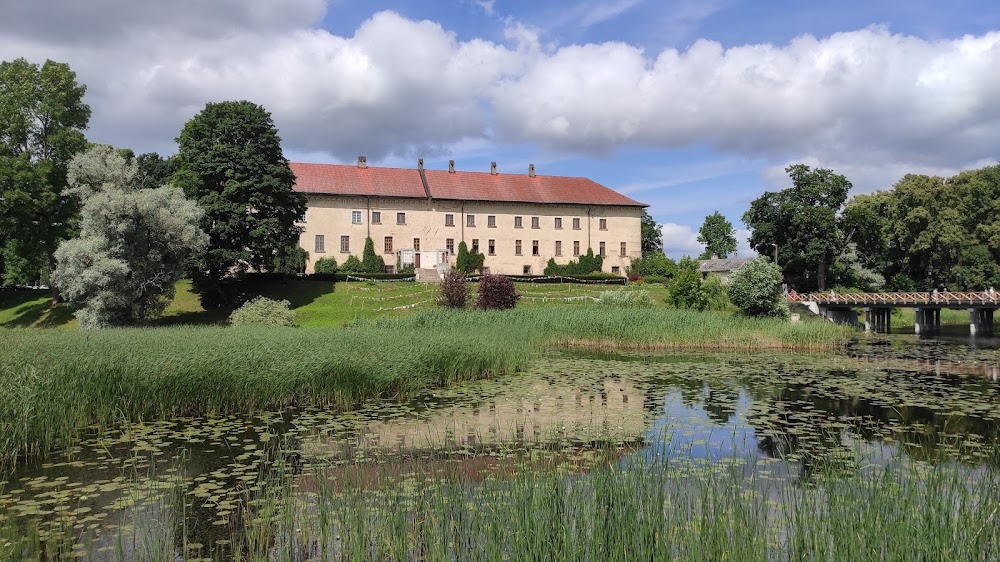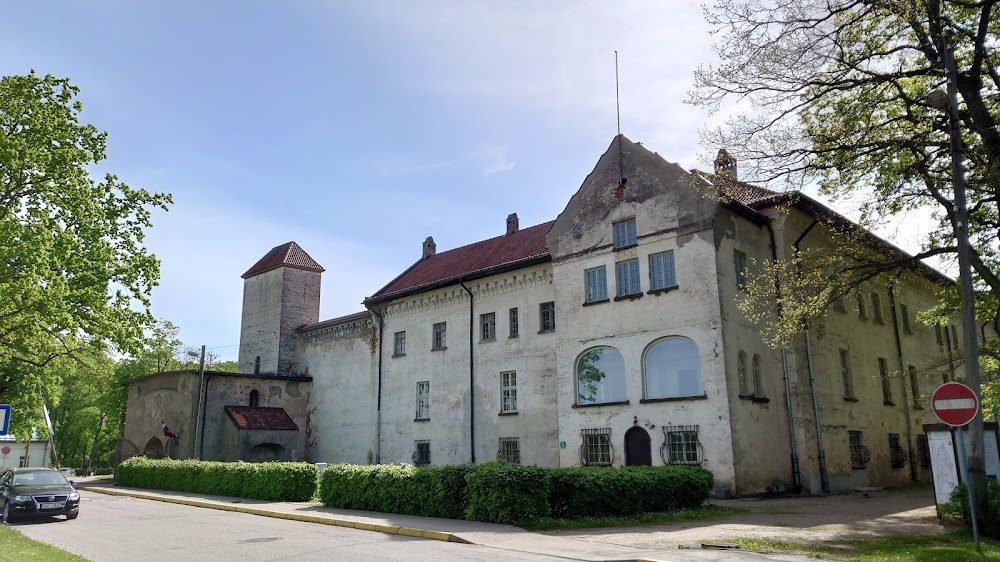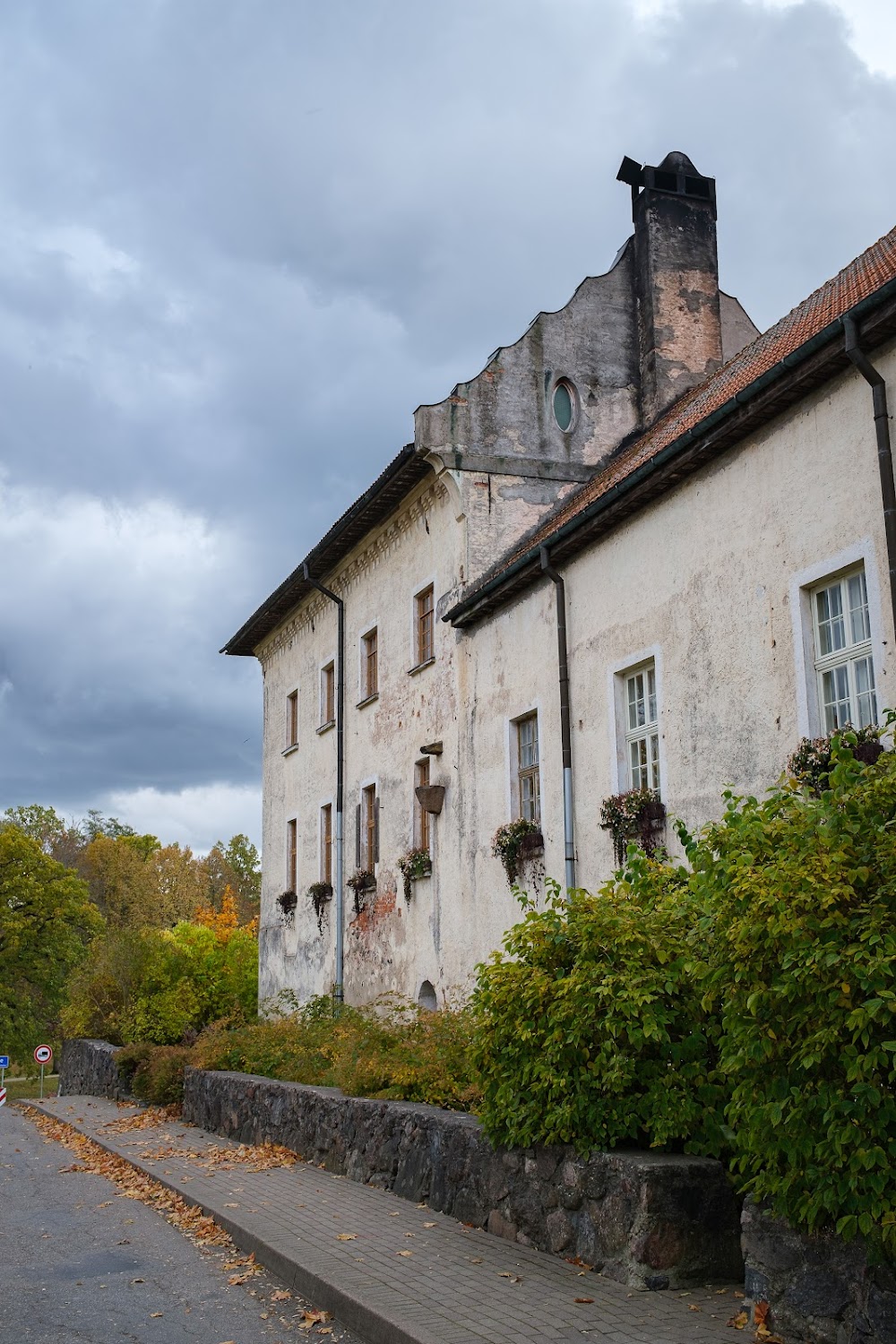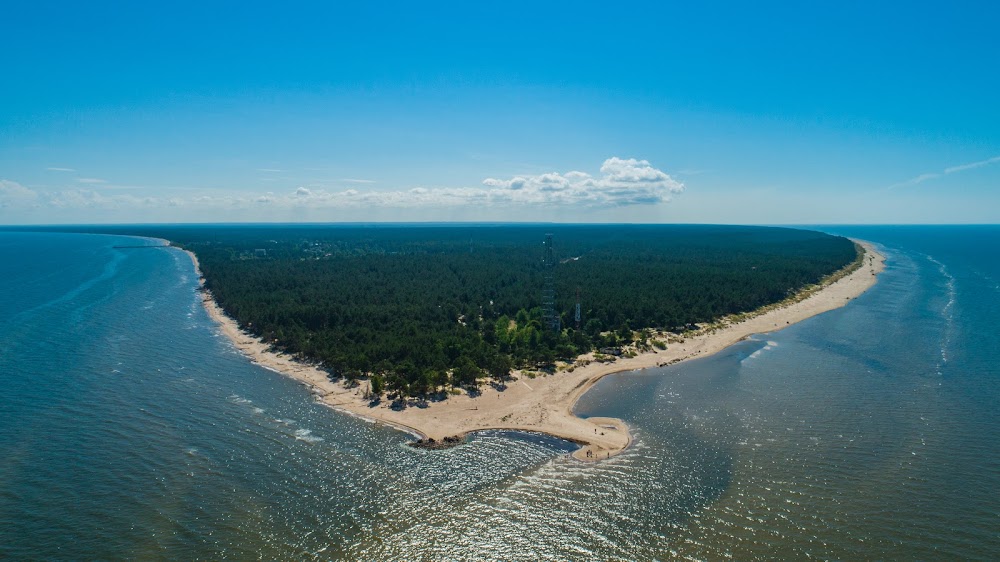Dundaga Castle (Dundagas pils)
Overview
Dundaga Castle: A Journey Through Time
Dundaga Castle, a medieval fortress nestled in the charming town of Dundaga Municipality in Latvia, boasts a rich history that dates back to the late 13th century. Originally constructed by the Livonian Order, a crusader group vital to the Christianization of the Baltic region, the castle served as both a defensive stronghold and an administrative center, making it a significant relic of the area's past.
The construction of Dundaga Castle kicked off in 1249 when the bishops of Riga granted the land to the Archbishop of Riga. By 1318, the Livonian Order took control, transforming the initial wooden structure into a formidable stone fortress. With its thick limestone walls, towering heights, and a deep moat, the castle became a bastion against potential invaders, reinforcing its strategic importance in the region.
Architectural Marvels
The architecture of Dundaga Castle is a captivating representation of medieval defensive design. The main building is rectangular, encircled by robust defensive walls. Over the centuries, it evolved from a straightforward fortress into a more comfortable residence, complete with living quarters, storerooms, and a grand hall that hosted various gatherings and events.
In the 16th century, the castle received significant enhancements under the ownership of the Bishopric of Courland, which improved the living spaces and introduced Renaissance-style features while preserving its essential defensive elements due to ongoing military threats.
A Noble Residence
The 17th century marked a transformative period for Dundaga Castle as it became part of the Duchy of Courland and Semigallia. It was here that the von der Osten-Sacken family made their mark. They undertook extensive renovations to accommodate their luxurious lifestyle, incorporating Baroque elements and creating beautiful gardens that turned the castle into a place of both defense and leisure.
However, the castle's grandeur was not without its challenges. It withstood several wars but suffered significant damage during the Great Northern War in the early 18th century. Fortunately, the von der Osten-Sacken family managed to restore and repair the castle, preserving its historical essence amidst the turmoil.
Challenges of the 20th Century
The 20th century proved particularly tough for Dundaga Castle. Throughout both World Wars, it was repurposed for various military uses, leading to the loss of some interior elements. After World War II, under Soviet rule, the castle was utilized as a school and later as a communal farm, which contributed to its further deterioration. Thankfully, it was eventually recognized as a historical monument, sparking restoration efforts to revive its former glory.
In recent decades, extensive restoration projects have breathed new life into Dundaga Castle, transforming it into a vibrant cultural center for the Dundaga Municipality. Today, it hosts a variety of events, from medieval festivals to exhibitions and concerts, drawing visitors from around the globe.
A Testament to History
Dundaga Castle is not merely an architectural marvel; it stands as a testament to the rich and intertwined history of Latvia, spanning from medieval times to the present day. Visitors can now wander through its ancient halls, explore the sturdy walls, and envision the lives of the knights, nobles, and commoners who once called this magnificent place home. Whether you are a history enthusiast or a casual traveler, a visit to Dundaga Castle promises to be an engaging and memorable experience.


